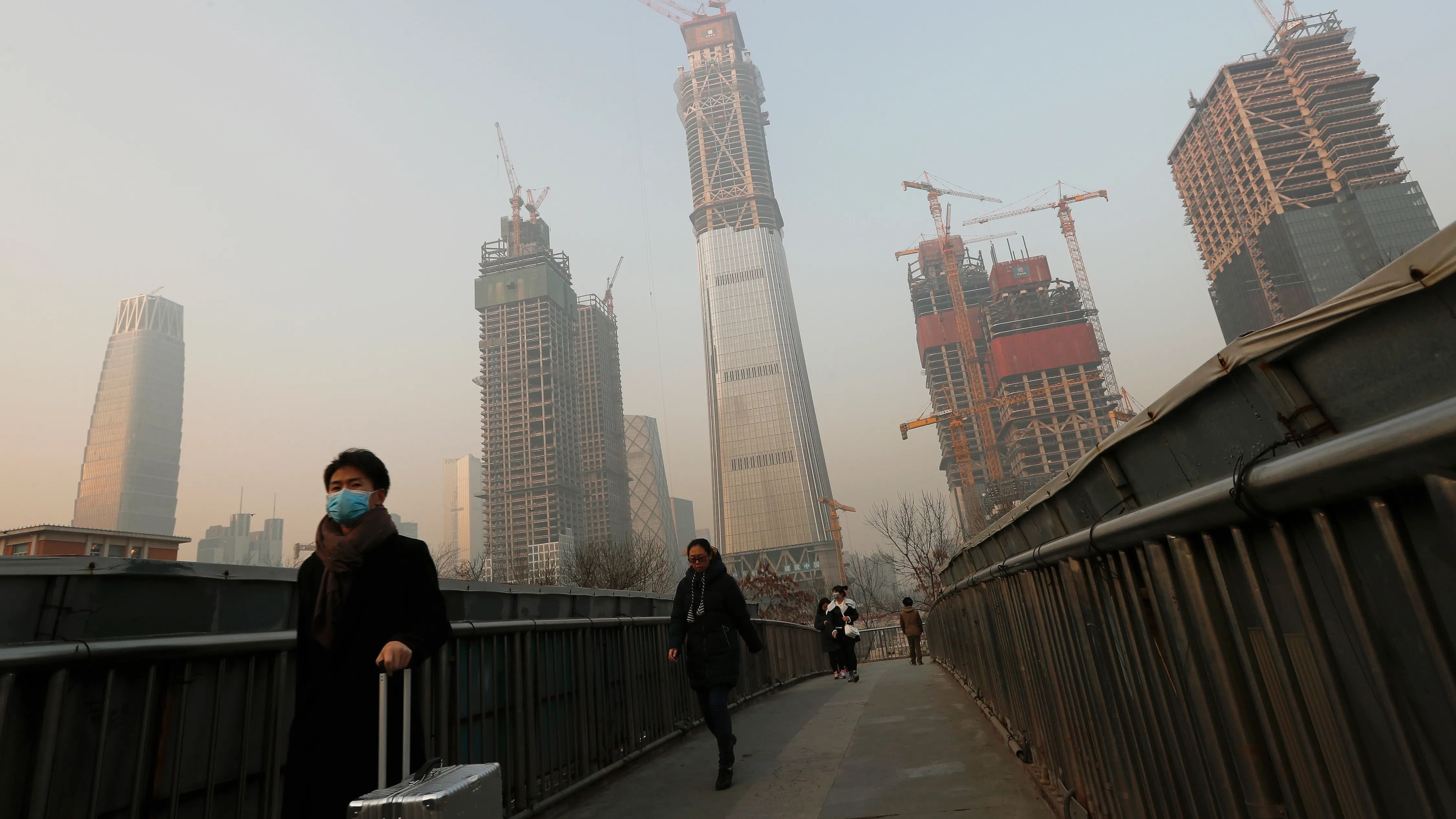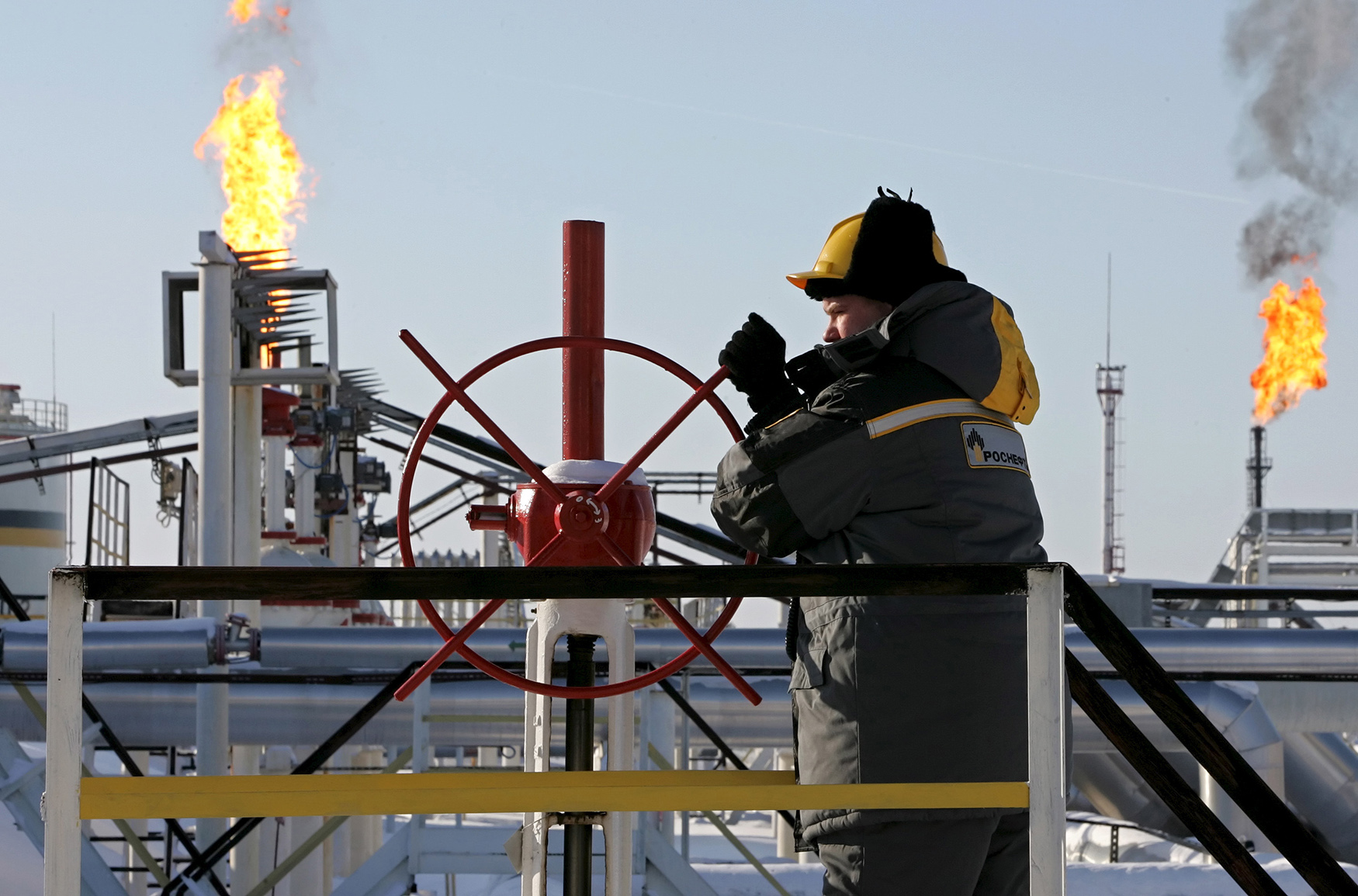Published 26 October 2022
Despite its impressive development, it is unlikely that China’s green or “new” economy will be able to fully replace its traditional, carbon-heavy growth engine despite the ambitions of its 2060 net-zero goals. Much of the shortfall is likely to hinge on Beijing’s stomach for slower economic growth. This article explores some of the themes and data in the Hinrich Foundation Sustainable Trade Index 2022, a ranking of 30 major economies to be published on November 8.
Green strides
In the second quarter this year, China’s economy expanded by just 0.4% year-on-year, putting its economy on track to grow by as little as 2% for the full year on some counts.[1] One bright spot in an otherwise sobering batch of economic data was the performance of China’s green economy.
China is beginning to reap the dividends of having placed the green economy at the core of its industrial policy for well over a decade. Nowhere is this clearer than in the automotive sector. In June, a monthly record of 520,000 electric vehicles were sold. Including plug-in and hybrid vehicles, so-called new energy vehicles comprised 21.6% of all vehicles sold in the first half of the year.
The contours of global auto supply chains are becoming inexorably more Chinese. With Chinese-made cars already comprising 60% of global EV exports in 2021,[2] firms like BYD and Nio are now ramping up a sales push into Europe. Led by CATL, whose second-quarter net profit was up 164% yearly, Chinese battery manufacturers now control more than 50% of the global market by sales.[3]
Investment in renewables has continued to boom. China spent US$95 billion in the first half of the year on renewables, approximately 40% of the global total.[4] China’s green industrial base is becoming increasingly sophisticated and is set to challenge Europe’s lead in areas like electrolyser manufacturing and wind turbines.
Looking through the lens of Beijing’s pursuit of its priority policies, China’s economy is doing just fine.[5] However, as encouraging as these developments are, Beijing will face a herculean task in weaning its economy off carbon-intensive growth drivers which have undergirded China’s economic miracle.
The carbon cost of China’s growth
China’s industrial development is not without a steep carbon cost. On recent estimates, approximately 90% of China’s emissions derive from its industrial (50%) and power sectors (40%), compared to 50% for both sectors in the US.[6] Out of the 30 mostly APEC economies surveyed in the Hinrich Foundation’s Sustainable Trade Index, China is expected to maintain its previous relatively low rankings in the index for energy intensity and carbon dioxide emissions per capita.
The index measures the relative capacity of the 30 economies, which includes key economies such as Asia, Europe, and the Americas, to achieve sustainable growth through global trade. The environment is one of the index’s three “pillars” and measures economies’ management of trade-related environmental externalities. The other pillars measure economic and social factors.
The highly emissions-intensive nature of Chinese growth is, in the first instance, a product of its heavy reliance on coal. Beijing’s strong preference for cheap electricity and energy self-reliance means that the fossil fuel accounts for approximately 60% of China’s energy consumption.
Coal has also been a vital part of China’s comparative advantage. Until last year’s power crunch, where swaths of coal plants shut down due to an inability to pass on shortage-driven costs, power market “reform” in China was dominated by efforts to secure ever cheaper prices. Heavy industrial users and consumers alike were shielded from paying market rates through a system of capped electricity prices.
The results of last year’s tentative reforms mean that prices can fluctuate up to 20% above fixed coal-fired baselines for regular industries. Prices for the most energy-intensive industries are now theoretically uncapped, though in many cases, provinces continue to offer preferential pricing.
Coal is sometimes the mainstay of provincial economies. In the northern province of Shanxi, coal accounts for 45% of fiscal revenue.[7] In Shanxi and indeed nationally, entrenched coal interests continue to influence local policy. An example is China’s oxymoronic effort in its 14th Five Year Plan for a Modern Energy System to pitch “flexible coal” as a capacity solution to meet peak demand and renewables shortages.[8]
In addition to being more dependent on coal than most other economies, China faces the added dilemma of having acutely carbon-intensive growth drivers. This is a function of an economy which is heavily skewed towards investment at the expense of services and household consumption. Exports, still largely comprised of energy-intensive and relatively lower- and medium-value-added industries, continue to comprise approximately 20% of gross domestic product. EVs, solar panels, and other green technologies are a growing and significant, but still relatively small, share of this total.
As China’s export engine began to peak just after the 2008 global financial crisis, instead of accepting lower growth, Beijing and local governments turned toward infrastructure and real estate investment to boost growth. Both sectors have been fed by steel and cement, which collectively comprise 27% of China’s emissions.[9]
The pursuit of GDP growth at all costs reigned supreme in China’s real estate and infrastructure expenditure decisions. In 2019, China’s stock of public capital reached a gargantuan 151% of GDP – far higher than the average 88% for emerging markets estimated by the International Monetary Fund. In any given year, real estate and construction in China have comprised approximately 30% of GDP.[10] Housing amounts to as much as an astounding 80% of China’s total assets by value, compared to 35% in the US.[11]
With both sectors having likely peaked, credit demand has remained weak despite the People’s Bank of China’s (PBoC) recent tranche of easing measures. No other sectors are anywhere near large enough to fill the void.
Transition: mission impossible?
These facts are not lost on Beijing. Policymakers from President Xi down have emphasised the need to boost flagging productivity and move up the value chain towards greener and higher value-added growth. Xi’s common prosperity agenda has a particular emphasis on boosting household consumption and the “real economy,” which includes manufacturing and services.[12] The emissions intensity of Chinese GDP has continued to trend downwards, particularly as China’s renewables build-out gains momentum.
The problem is that China’s dependence on investment-led growth, and in particular property, is hardwired into its financial DNA. Owing to fiscal reforms in 1994, local governments shoulder approximately 85% of China’s budgetary burden, despite taxation being mostly centralised. Land sales have thus become a fiscal lifeline, constituting on average more than 40% of local government revenue in 2021.
This explains why there is no silver bullet to transition the economy away from over-dependence on property. Despite rigidly adhering to the “three red lines” policy which restricted financing to the property sector, Beijing has tolerated literally hundreds of measures at the local government level to support the ailing sector. After strong opposition from Party elites, Xi himself was forced to scale back and delay proposals for a nationwide property tax on homes, for which a pilot had been planned. The PBoC has cut mortgage lending rates numerous times.
To move with excessive alacrity would risk the financial collapse of already heavily indebted provincial governments, whose off-the-books financing vehicles alone have almost $8 trillion in debt. It would also have precarious implications for social stability. Local governments have already been forced to cut public sector wages and social service budgets. The latter augurs poorly for household consumption, as do falling property prices, with housing comprising 70% of household wealth.
A cruel irony of the situation is that property revenue has facilitated the subsidies, concessional finance, and cheap electricity that underwrite China’s green and emerging industries. This largesse is fast becoming unsustainable.
Deteriorating finances recently forced Inner Mongolia to cease providing ultra-cheap electricity to industries including green hydrogen, polysilicon, and green data centres. Financing issues will compound the other structural issues that China faces in re-balancing its economy including demographic decline, intensifying Western export controls, and the country’s low skills base.
The overriding imperative to keep growth at acceptable levels, zero-Covid notwithstanding, has already delayed more painful policies necessary for the energy transition. The expansion of China’s nascent and light-touch national emissions trading system to sectors including aluminium and steel, originally scheduled this year, has now been delayed until as late as 2025. Previously all the rage in policy circles, power market reform received barely any mention in the Modern Energy Sector Five-Year Plan.
Stimulatory activities like the renewables buildout are unlikely to cease. The risk is that, as growth decelerates, Beijing will continue to indefinitely delay more foundational reforms that impose costs on huge parts of the economy.
Still, it would be a bold statement to say that China’s 2060 targets are a pipe dream. The oft-cited claim that Chinese leaders only set targets they can meet is specious. Nonetheless, the political prominence given to the 2060 target suggests that China has every intention of at least being perceived to succeed.
China’s ultimate solution may be to reach for invention and carbon sequestration. To achieve both necessary levels of growth and net zero goals, potentially problematic solutions like carbon capture, utilization, and storage, and carbon sinks – which do not reduce the root cause of carbon dioxide emissions – may have to be given elevated prominence. Although China is not alone in facing this dilemma, its ultimate decisions will be of unparalleled consequence for the planet.
---
[1] Staff writers, “Forecasters lower their prediction for Chinese growth this year”, Bank of Finland Institute for Emerging Economies”, https://www.bofit.fi/en/monitoring/weekly/2022/vw202240_1/.
[2] Staff writers, “China’s Electric Car Exports more than double, mostly to Europe”, Bloomberg, https://www.bloomberg.com/news/articles/2022-06-21/china-s-electric-car-exports-more-than-double-mostly-to-europe?sref=K9oHjgnZ.
[3] Staff writers, “Chinese battery giant CATL posts strong Q2 profit on robust EV sales”, Reuters, https://www.reuters.com/business/autos-transportation/chinese-battery-giant-catl-posts-strong-q2-profit-robust-ev-sales-2022-08-24/.
[4] Sayumi & Rurika, “China drives global renewables spending to record 1st half”, Nikkei Asia, https://asia.nikkei.com/Business/Energy/China-drives-global-renewables-spending-to-record-1st-half.
[5] Trivedi, “Don’t Believe the Grim Forecast. China Is Just Fine”, Bloomberg, https://www.bloomberg.com/opinion/articles/2022-08-17/don-t-believe-the-grim-forecast-china-inc-is-just-fine.
[6] Zhang & Wen, “China’s Top Industries Can Peak Emissions by 2025”, NRDC, https://www.nrdc.org/experts/jake-schmidt/chinas-top-industries-can-peak-collective-emissions-2025.
[7] Ruohong & Cao, “Analysis: How Will Coal Hub Shanxi Cut Carbon Emissions?”, Caixin, https://www.caixinglobal.com/2022-09-10/analysis-how-will-coal-hub-shanxi-cut-carbon-emissions-101938323.html.
[8] Yifan & Baiyu, “China’s Five Year Plan for energy: One eye on security today, one on a low-carbon future”, China Dialogue, https://chinadialogue.net/en/climate/chinas-five-year-plan-for-energy-one-eye-on-security-today-one-on-a-low-carbon-future/.
[9] Op cit, NRDC.
[10] Staff writers, “Should China spend more on infrastructure?”, The Economist, https://www.economist.com/finance-and-economics/2022/06/02/should-china-spend-more-on-infrastructure.
[11] Staff writers, Long View, The End of a Chapter (Pt. 2/2), China Charts, https://www.realchinacharts.com/p/long-view-its-coming-pt22.
[12] Ni, “To firmly drive common prosperity”, Neican, https://www.neican.org/to-firmly-drive-common-prosperity/.
© The Hinrich Foundation. See our website Terms and conditions for our copyright and reprint policy. All statements of fact and the views, conclusions and recommendations expressed in this publication are the sole responsibility of the author(s).






